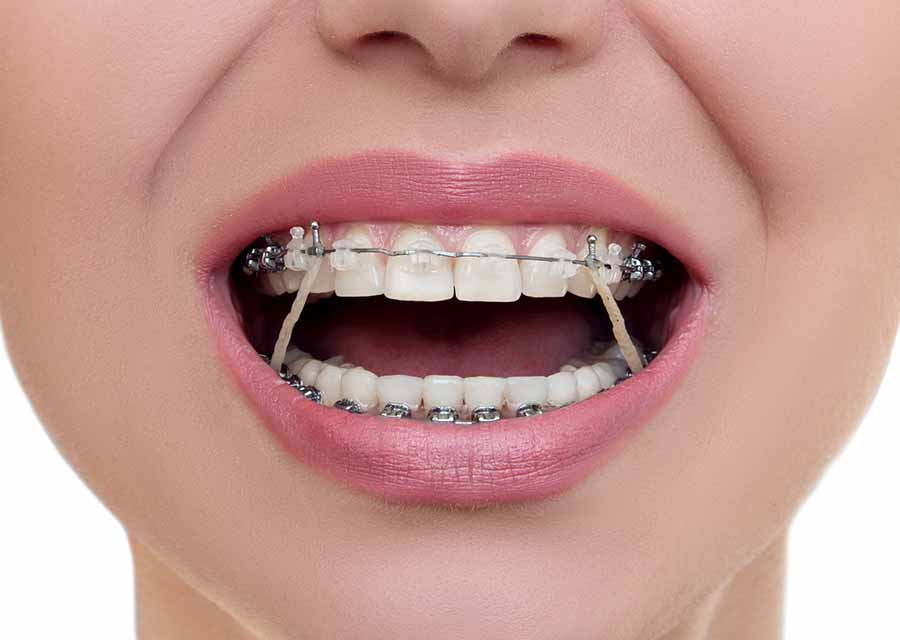The Ultimate Guide To All Star Family Orthodontics
The Ultimate Guide To All Star Family Orthodontics
Blog Article
The Best Strategy To Use For All Star Family Orthodontics
Table of ContentsAll Star Family Orthodontics Can Be Fun For EveryoneThe Best Guide To All Star Family OrthodonticsNot known Factual Statements About All Star Family Orthodontics All Star Family Orthodontics Can Be Fun For EveryoneSome Known Facts About All Star Family Orthodontics.

At Advanced Orthodontics, we supply clients with a holistic treatment experience. On top of that, we offer adjustable therapy timetables, flexible repayment alternatives and an enjoyable, pleasurable experience - old bridge orthodontist. Call ( 480) 357-4900 today to find out more and schedule a visit.
An orthodontist is a dentist educated to detect, avoid, and treat teeth and jaw abnormalities. Orthodontists function with people of all ages, from children to adults.
Malocclusion, or misaligned teeth, can lead to dental problems, including dental caries, gum tissue disease, and challenging or painful chewing. Not every person is birthed with straight teeth. If you have a negative bite or huge areas in between your teeth, you may intend to seek advice from a dentist specializing in orthodontic care.
Facts About All Star Family Orthodontics Revealed
(Photo Credit Rating: DigitalVision/Getty Images) Orthodontists make use of dealt with and removable dental tools, like braces, retainers, and bands, to change the setting of teeth in your mouth. Orthodontic therapy is for oral problems, including: Crooked teethBite troubles, like an overbite or an underbiteCrowded teeth or teeth that are too much apartJaw misalignmentThe goal of orthodontic therapy is to enhance your bite.
While you may assume of orthodontists as generally for kids or teens who need dental braces, they can remedy dental troubles at any age. Orthodontists attend college, oral school, and orthodontic institution.
, but not all dental practitioners are orthodontists. They focus on 2 areas: How to appropriately and securely relocate teeth Exactly how to appropriately lead growth in the teeth, jaw, and faceOnce an orthodontist has actually finished training, they have the alternative to come to be board licensed.
Indicators on All Star Family Orthodontics You Should Know
Misalignment, or malocclusion, is one of the most typical reason individuals see an orthodontist. It is hereditary and is the result of dimension differences in between the upper and reduced jaw or in between the jaw and teeth. Malocclusion causes tooth overcrowding, an irregular jaw, or uneven bite patterns. Malocclusion is typically treated with: Your orthodontist attaches steel, ceramic, or plastic square bonds to your teeth.
If you have only small malocclusion, you may have the ability to utilize clear dental braces, called aligners, instead of standard braces. Some individuals require a headgear to aid move teeth right into line with pressure from outside the mouth. After braces or aligners, you'll require redirected here to wear a retainer. A retainer is a custom gadget that maintains your teeth in position.

You might need to see an orthodontist if you have: Crowding or otherwise sufficient area for all of your teethOverbite, when your top teeth come your bottom teethUnderbite, when your base teeth are also much forwardSpacing or concerns with gapsCrossbite, which is when your upper teeth fit behind your bottom teeth when your mouth is closedOpen bite or an upright gap between your front base and top teethMisplaced midline, when the center of your bottom and top teeth do not line up Fixing an oral malocclusion can: Make biting, chewing, and talking easierImprove the proportion of our face and your general appearanceEase discomfort from temporomandibular joint conditionsDifferent your teeth and make them less complicated to clean, assisting avoid tooth degeneration or cavities It's commonly a dental expert that initially notices misaligned teeth during a routine examination.
Everything about All Star Family Orthodontics
Throughout your initial orthodontic consultation, you'll likely have: A dental examPhotos taken of your face and smileDental X-raysPanoramic (360 level) X-rays of your face and headImpressions to produce molds of your teethThese tests will certainly aid your orthodontist recognize exactly how to wage your treatment. An orthodontist is a dental practitioner that's had training to treat your teeth and jaw.
Orthodontists are dentists however not all dental practitioners are orthodontists. Orthodontists are focused on your bite, or the means your teeth fit with each other, and the straightness of your teeth.

This preliminary assessment entails a visual exam of your teeth and bite, X-rays, and potentially also 3D scans. By carefully reviewing these elements, the orthodontist can identify any kind of misalignments, crowding, spacing problems, or jaw inconsistencies. Once a clear photo is established, the orthodontist will review customized therapy options. This conversation will certainly cover the type of braces or aligners advised (conventional steel dental braces, clear aligners like Invisalign, and so on), the approximated therapy duration, and any type of possible challenges or adverse effects.
Top Guidelines Of All Star Family Orthodontics
, orthodontists have a diverse toolkit at their disposal. These tried-and-true dental braces use a system of brackets adhered to the teeth and attached by cables.
Clear aligners, like Invisalign, are a prominent alternative for patients seeking a much more discreet therapy choice. These removable trays are customized to progressively change the teeth's setting. Headgear might be utilized together with dental braces or aligners to apply added targeted forces, particularly for dealing with jaw disparities. In cases of slim jaws, palatal expanders can be utilized to create room for appropriate tooth alignment.
Report this page